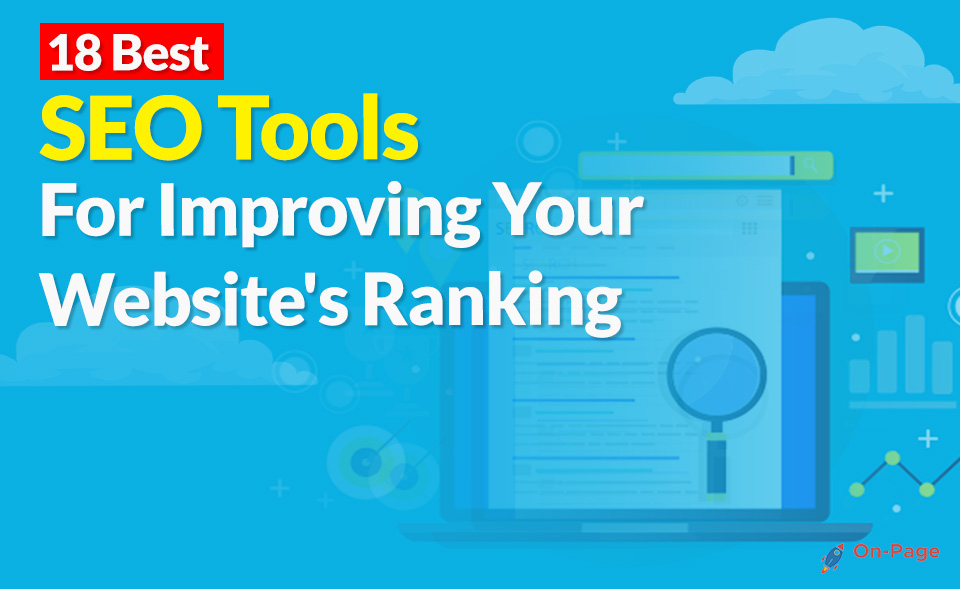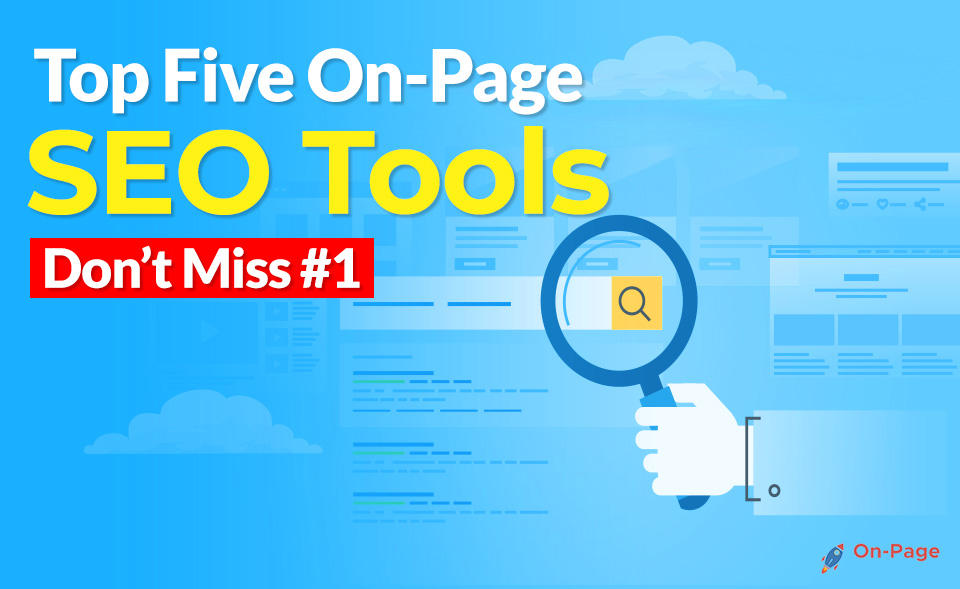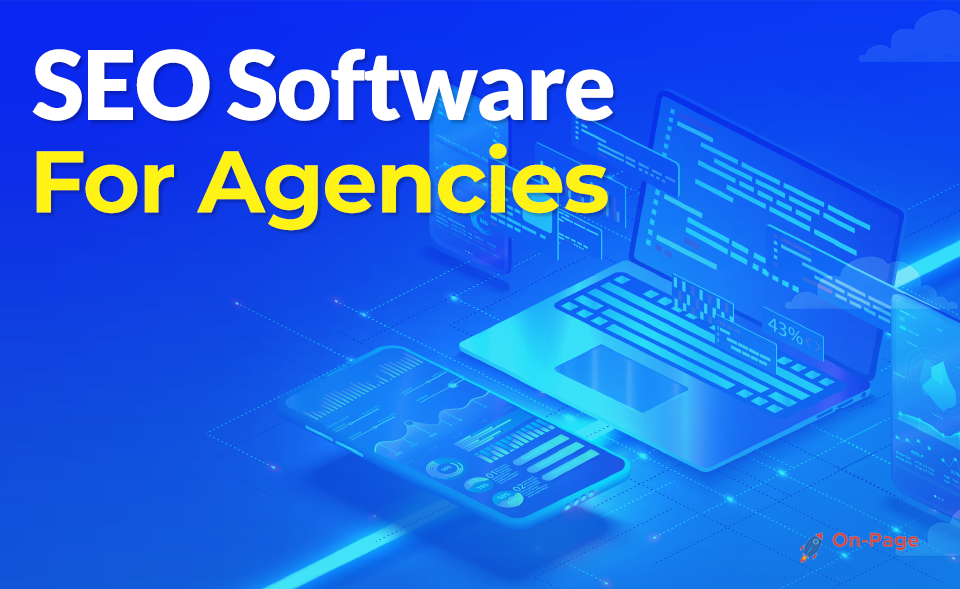The success of your website’s SEO is strictly tied to the right mix of relevant tools, effective techniques, and timely tips. A robust platform like Ahrefs, SEMrush, or Moz could serve as your primary toolset providing comprehensive SEO analysis from keyword research to competitor analysis. However, all tools require skillful handling. Knowing precisely when and where to use these tools can make the difference between a languishing website and one that sits at the top of the search rankings. But remember, the world wide web isn’t static. Therefore, staying abreast with leading-edge tips and tricks provides an extra edge in your optimization efforts. After all, in this digital game of thrones, it’s either you rank or you tank. Now, about finding the right comprehensive tools…
Our SEO optimizer tool provides actionable recommendations for improving your website’s search engine ranking. Simply enter your website URL, and our AI-powered tool will scan your site and provide a prioritized list of optimizations to enhance your SEO performance.
Checklist: Top SEO Analysis Tools
When it comes to finding the right SEO tools, it’s essential to focus on a few key factors that can make a significant difference in optimizing your website and improving its search engine rankings.
Utilize Comprehensive Tools
To kick things off, look for SEO analysis tools that provide a wide range of features. These should include keyword research, backlink analysis, site audits, and competitor analysis. Having access to comprehensive suites that offer in-depth analysis can be a game-changer. Consider tools like Ahrefs, SEMrush, and Moz, known for their robust feature sets covering various aspects of SEO. These tools empower you with the data and insights needed to make informed decisions and create effective strategies for improving your website’s visibility and performance.
Ahrefs is renowned for its powerful backlink analysis and keyword research capabilities. SEMrush excels in providing comprehensive competitor analysis and keyword tracking features, while Moz is well-regarded for its site audit functionalities and in-depth reporting. It’s important to recognize your specific needs and assess which tool aligns best with your objectives.
Consider Ease of Use
Another crucial aspect to consider is the usability of the tools. The best SEO analysis tools should have user-friendly interfaces with clear reporting features. Navigating through various reports and data points should be intuitive, enabling you to interpret the information effectively without confusion. After all, simplicity and clarity can significantly streamline your analysis process and make it easier to derive actionable insights from the gathered data.
Furthermore, seek out those that offer customizable reporting options. This allows you to tailor your reports according to your specific requirements, making it simpler to extract relevant information without being overwhelmed by unnecessary data.
Look for Automation Capabilities
In addition to comprehensive features and ease of use, automation capabilities are becoming increasingly vital in modern SEO tools. Automating repetitive tasks such as rank tracking or site audits can save substantial time and effort while streamlining optimization processes. Look for tools that offer automation features designed to simplify complex tasks that would otherwise demand significant manual input.
For example, SEO platforms like SEMrush provide automated site auditing capabilities that continuously monitor your website’s health and alert you to any issues or opportunities for improvement. Similarly, Ahrefs offers automated backlink monitoring with timely notifications about new or lost backlinks.
Armed with this checklist, you’re better equipped to evaluate and select the most suitable SEO analysis tools for your specific needs. By focusing on comprehensiveness, usability, and automation capabilities, you can embark on an optimized journey toward improving your website’s search engine performance.
Art of On-Page SEO Optimization
Creating high-quality content goes beyond throwing together a bunch of words with keywords. It’s about crafting an engaging, valuable experience for your visitors that also aligns with search engine optimization best practices. The golden rule here is to write for people first, and search engines second.
Start by understanding what your audience is looking for and create content that addresses their needs, concerns, or questions. This not only keeps visitors on your site longer but also builds credibility and trustworthiness with search engines.
When creating content, make sure to incorporate relevant keywords naturally and strategically. This means including them in your headlines, subheadings, and throughout your body text. Over-stuffing keywords can actually hurt your rankings, so a balance between human readability and search engine optimization is essential.
For example, if you’re writing about “best headphones for running,” you would want to include that key phrase in the title, headings, and within the article itself. But it’s equally important to use variations of the keyword like “running earphones” or “wireless sports headphones” to capture related searches without sounding repetitive.
Next up are meta tags—specifically titles and descriptions. These are like mini-ads for your web pages in the search results. Crafting compelling meta titles and descriptions can increase click-through rates and entice users to visit your page over others.
Think of meta tags as the movie trailer for your web page. If it’s intriguing and captures attention, people will want to see the full feature. Your meta title should be concise, yet captivating, while the meta description should give a succinct summary of what the page is about.
Enough about meta tags! Let’s now delve into image optimization—a crucial yet often overlooked aspect of On-Page SEO.
Mastering Off-Page SEO Techniques
While on-page SEO focuses on optimizing elements within your website, off-page SEO activities operate to strengthen your site’s authority and trustworthiness through external tactics. These techniques are pivotal in enhancing your website’s visibility and credibility among search engines, making them a crucial component of a holistic SEO strategy.
Link Building Strategies
Link building remains a cornerstone of off-page SEO. By acquiring quality backlinks from authoritative websites within your industry niche, you can significantly bolster your website’s authority and reputation in the eyes of search engines. Quality backlinks indicate to search engines that your website is a trusted source of information, which can positively impact your rankings.
A well-rounded link building strategy may include:
- Engaging in strategic guest posting to reach new audiences, boost brand searches, and secure backlinks from niche sites with superior authority.
- Cultivating relationships with reputable websites and securing high-quality backlinks through collaborations and content partnerships.
Social Media Engagement
Leveraging social media platforms is more than just about engaging with your audience; it’s also a powerful off-page SEO tool. Active participation on social media not only cultivates brand awareness but also generates social signals that can contribute to improved search rankings. Social signals reflect your brand’s credibility and popularity, factors that search engines consider when determining rankings.
To maximize your off-page SEO through social media:
- Consistently share high-quality content: Regularly publishing informative and engaging content can enhance user engagement and lead to increased visibility across social platforms.
- Encourage social sharing: Encourage users to share your content by creating shareable and valuable posts, thereby increasing the likelihood of acquiring backlinks.
Online PR and Outreach
Engaging in online PR activities and outreach efforts can yield significant off-page SEO benefits. Securing mentions and coverage from influencers and industry publications not only enhances brand visibility but also contributes to valuable link acquisition. Backlinks from trusted seed sites and authority publications are highly regarded by search engines, further establishing your website’s authority in the industry.
Crafting an effective online PR strategy involves:
- Establishing relationships with industry influencers: Collaborating with influential figures in your niche can lead to mentions, features, and backlinks from credible sources.
- Creating newsworthy content: Developing content with a newsworthy angle can increase the likelihood of gaining coverage from industry-related publications.
Together, these off-page SEO techniques work in harmony to elevate your website’s authority and credibility, ultimately contributing to improved search rankings and increased visibility within your industry niche.
Crafting Effective Meta Tags
When you search for something on the internet, what’s the first thing that catches your eye? It’s not just the search result itself but also the title and description that come with it. That’s where meta tags come into play. Crafting effective meta tags is an art that elevates your website in search results and entices users to click through. Let’s explore the key components and tips for making them work for you.
Title Tag Optimization
Your title tag is like a headline for a news article – it tells readers (in this case, search engines and users) what to expect from the content. Optimizing your title tags involves creating concise, descriptive, and compelling titles that accurately represent the content of your web page and incorporate relevant keywords.
Remember, when it comes to title tags:
- Keep it within the recommended length of 50-60 characters for optimal SEO performance.
- Ensure that it effectively communicates the topic of the page and is appealing to users.
In essence, your title tag should strike a balance between being informative and persuasive, piquing users’ interest while accurately reflecting the content they’ll find on your page.
For a blog post targeting “best camping gear,” an effective title tag could be: “Outdoor Adventure Essentials: Discover the Best Camping Gear”
Meta Description Creation
The meta description plays a crucial role in enticing users to click through to your website from search engine results pages. Crafting compelling meta descriptions involves providing a concise summary of the page content while encouraging click-throughs.
Some key tips when creating meta descriptions are:
- Conciseness: Keep it within the recommended length of 150-160 characters.
- Relevance: Ensure that it accurately reflects the content of the page.
- Call-to-Action: Consider including a persuasive call-to-action to prompt user engagement.
A well-crafted meta description can increase click-through rates by up to 30%. This makes it an invaluable tool for not only improving SEO but also enticing users to engage with your content.
For a product page offering “eco-friendly cleaning products,” a compelling meta description might be: Discover our range of eco-friendly cleaning products designed to protect your home and the environment. Shop now for sustainable cleaning solutions!
Crafting effective meta tags isn’t just about using keywords; it’s about drawing in potential visitors and converting them into engaged users on your website. Each character counts, so put your best foot forward with every tag you create.
Now transition as you learn how to discover powerful keywords that hold the key to unlocking your website’s true potential.
Unearthing Potent Keywords
Keywords are like hidden treasures that can lead people straight to your website. But you have to know where to look and what to look for.
Let’s start with the basics: What are keywords? They’re the words or phrases that people type into search engines when they’re looking for something. If you sell handmade jewelry, you’d want to come up when people search “unique handmade necklaces” or “artisan earrings.” Identifying these keywords is essential, and that’s where keyword research comes in.
Conducting Thorough Keyword Research
When conducting keyword research, you’re essentially trying to get into the minds of your potential customers. What would they type into Google if they were looking for the products or services you offer? It’s not just about guessing what people might search for; it involves using specific tools and techniques to identify and target the most effective keywords for your particular niche.
Long-Tail Keywords
One important aspect of keyword research is uncovering long-tail keywords. These are longer and more specific phrases that people might use when they’re really looking for something unique. For example, instead of searching for “running shoes,” someone might look for “best running shoes for high arches.”
Think of long-tail keywords as the secret passageway to your website—they may not bring as much traffic as broader terms, but they can attract visitors who are more likely to convert into customers.
So, by finding and optimizing for these long-tail keywords, you can carve out a niche for yourself within your industry, bringing in valuable, highly-targeted traffic.
Uncovering potent keywords through thorough research is fundamental to aligning your content with what users are actively seeking online. It’s not just about ranking high on the search engine results page; it’s about attracting the right kind of traffic—people who are genuinely interested in what you have to offer.
Charting Strategic SEO Tactics
Optimizing your content for search engines goes way beyond just stuffing it with keywords. It’s about making your website relevant, valuable, and user-friendly. Here are some advanced strategies that can help you do just that.
Content Diversification
In today’s digital landscape, users consume information in various formats. To cater to a wider audience and capture their attention, consider diversifying your content. Offering a mix of videos, infographics, podcasts, and written articles can reach different segments of your target audience and enhance engagement.
For instance, if you have a cooking website, you may draw in visual learners with cooking tutorial videos, while appealing to data-oriented individuals with infographics showcasing nutrition facts. The key is to accommodate diverse learning and consumption preferences.
Local SEO Optimization
Local SEO optimization is a powerful tactic for businesses looking to attract customers in their area. By implementing location-based strategies, you can improve your visibility and accessibility to local audiences.
This involves optimizing your Google My Business profile by including accurate business information, responding to customer reviews, and posting regular updates. Additionally, listing your business on local directories and integrating location-based keywords into your content can further boost your local search visibility.
Think of it as putting up clear signposts in various corners of your neighborhood, so people know where to find you. By doing this, you ensure that potential customers within your vicinity easily discover your business when searching for related products or services.
These strategic tactics work hand in hand to create a robust SEO approach that enhances your online presence and connects you with the right audience. By implementing these techniques thoughtfully and consistently, you can position yourself for long-term success in the competitive digital landscape.
Looking to elevate your website’s performance in search results? Check out On-Page.ai for advanced SEO tools and create an impactful online presence!





